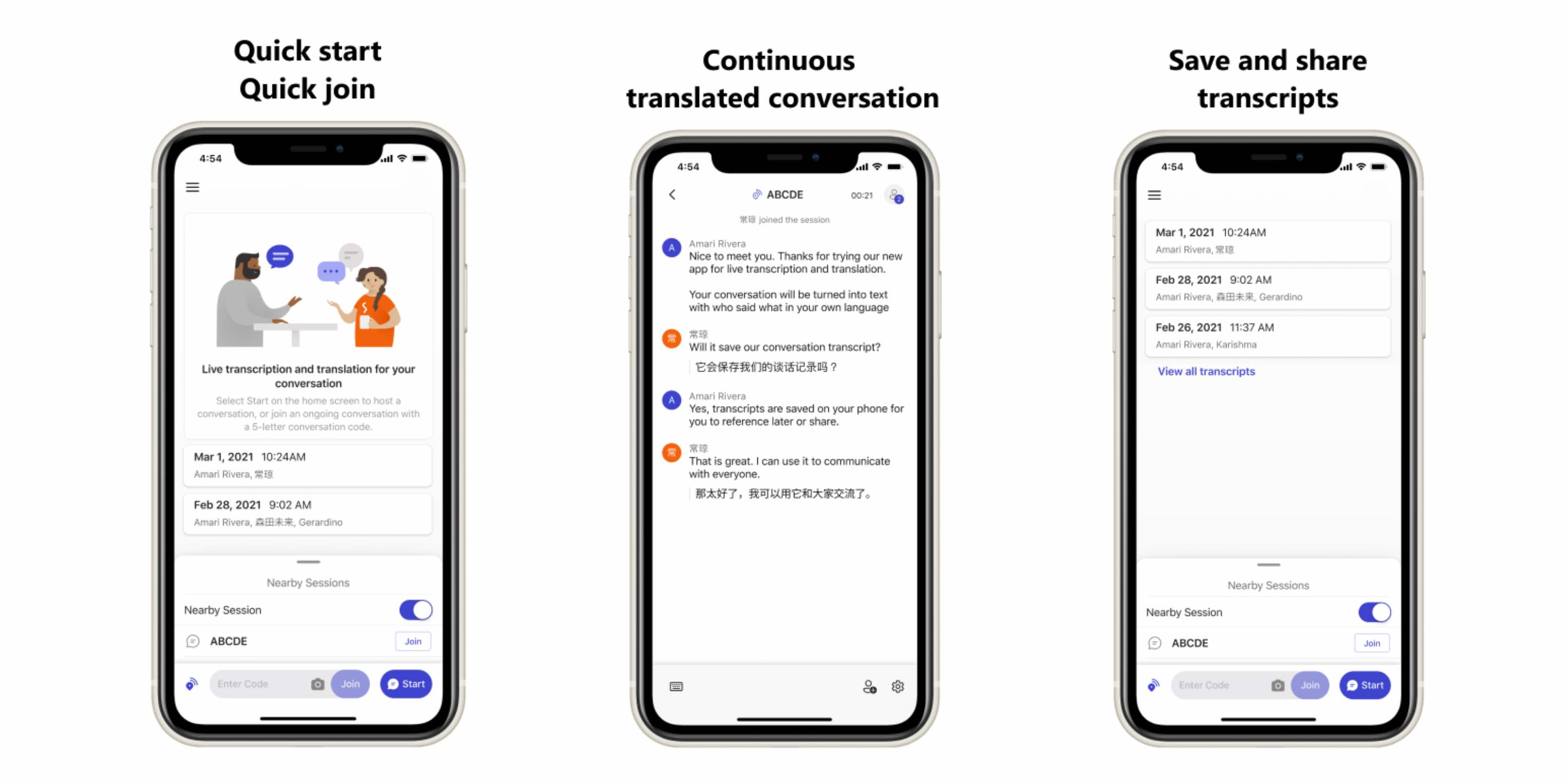
only little additional messages to the mobile system required (connection typically via a low bandwidth radio link).authentication of all registration messages.mobile end-systems can communicate with fixed systems.

no changes to current end-systems and routers required.support of the same layer 2 protocols as IP.point of connection to the fixed network can be changed.continuation of communication after interruption of link possible.mobile end-systems keep their IP address.TCP connections break, security problems Mobile Communications: Network Protocols/Mobile IP 9.1.1.almost impossible to find a mobile system, DNS updates take to long time.adjust the host IP address depending on the current location.does not scale with the number of mobile hosts and frequent changes in the location, security problems.change of all routing table entries to forward packets to the right destination.change of physical subnet implies change of IP address to have a topological correct address (standard IP) or needs special entries in the routing tables.based on IP destination address, network prefix (e.g.



 0 kommentar(er)
0 kommentar(er)
